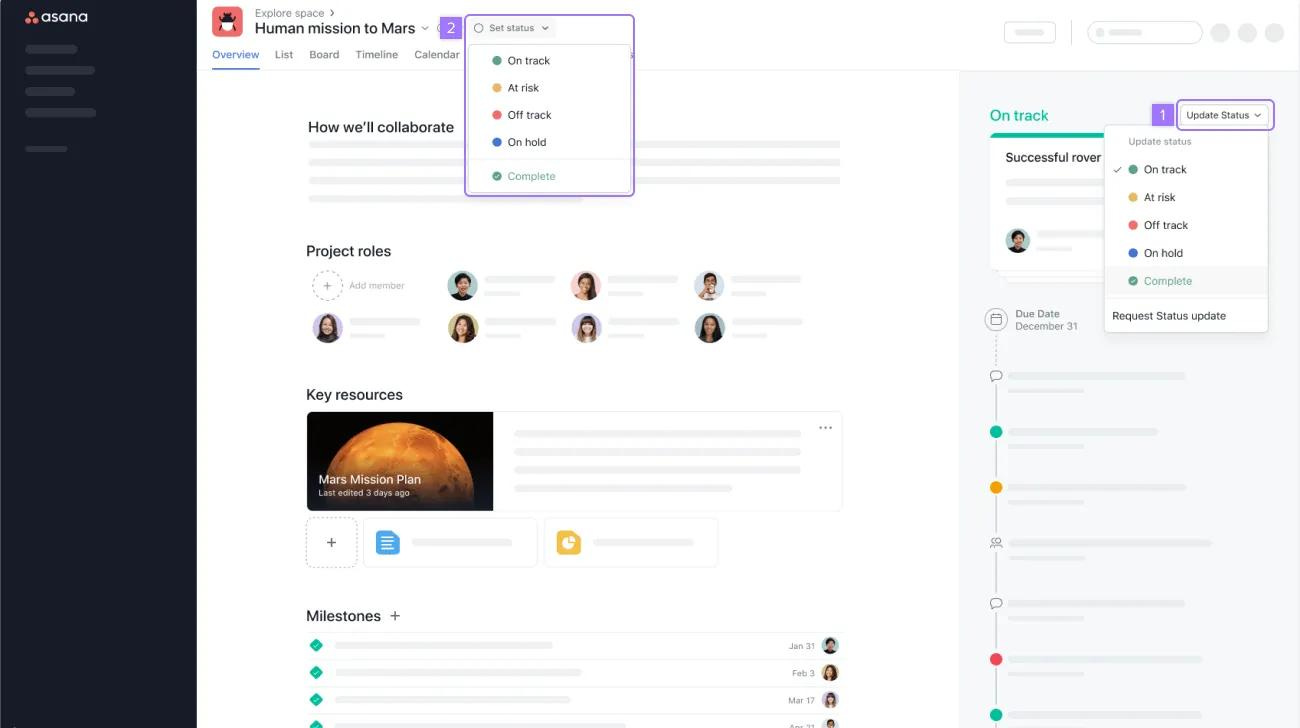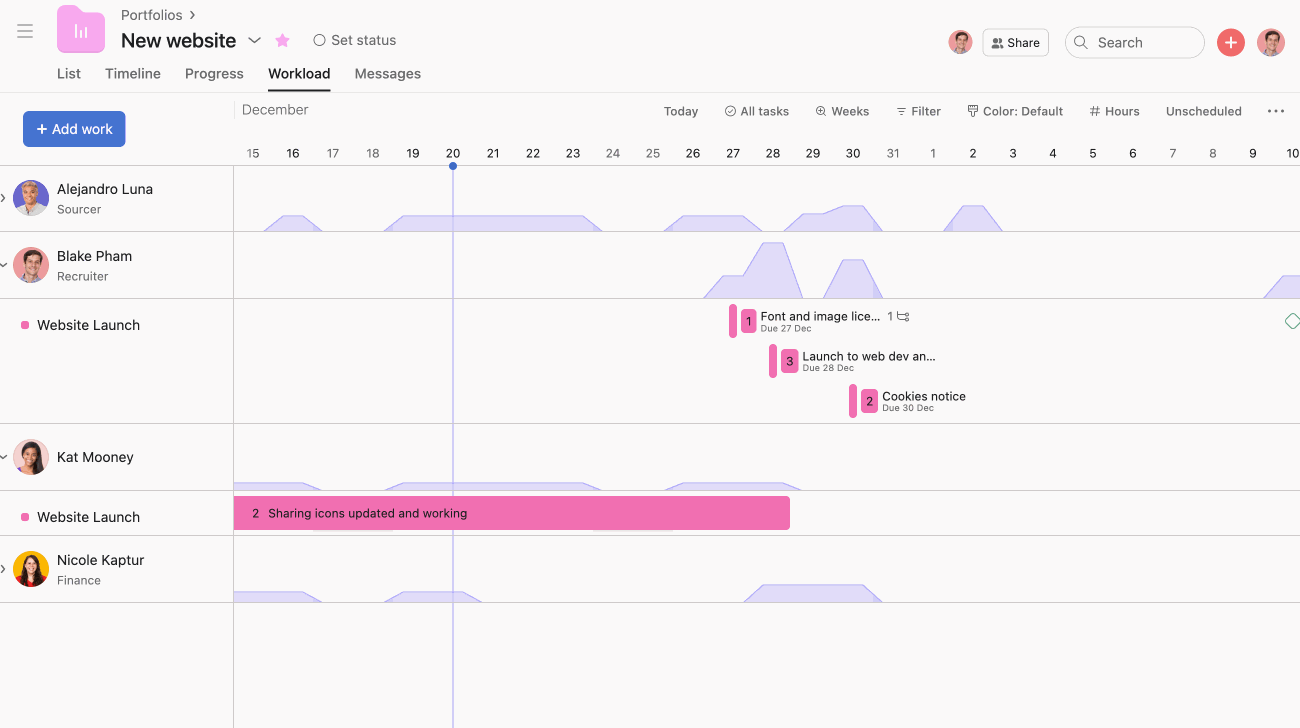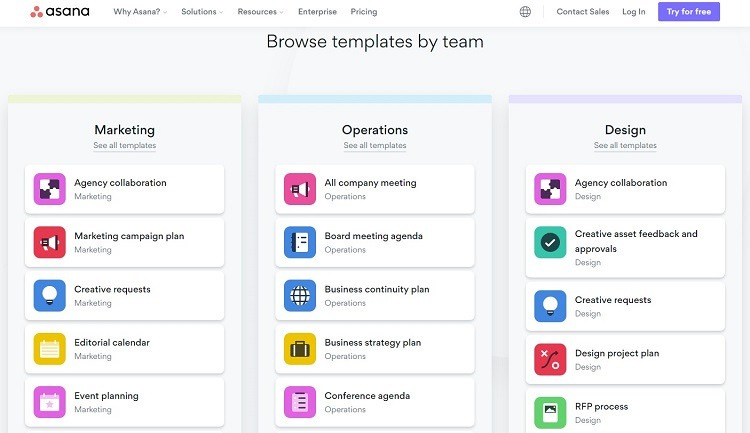User success ≠ team success (and why it matters)
Individual user activation isn't enough for lasting B2B product adoptino.
This is a preview of my new book, EUREKA: The Customer Onboarding Playbook for High-Growth B2B Companies (coming June 2025).
You can also pre-order it now to get bonuses like:
Early access to selected chapters
Exclusive frameworks and templates
Private community access
Launch day bonuses
Plus, subscribe to Delight Path for weekly insights and behind-the-scenes looks at how the book is coming together.
Enjoy the preview!
Most B2B companies make a critical mistake with their onboarding: they celebrate individual user activation while missing the bigger picture of organizational adoption. Think about Slack without your teammates, Figma without designers and stakeholders collaborating, or Asana without your team updating their tasks. A single user can only unlock a fraction of the potential value of these products.
That's why B2B products need to think about two distinct types of onboarding:
1. User Onboarding
User onboarding focuses on individual value creation. It's about helping a single person optimize their workflow, learn key features, and boost their personal productivity.
2. Account Onboarding
Account onboarding is about organizational transformation. It happens when entire teams adopt shared workflows, departments collaborate seamlessly, and the product becomes embedded in company processes.
Example with Asana
For collaboration tools like Asana, individual success can mask organizational failure. A single user might master the platform—creating beautiful project boards, automating workflows, and tracking their personal tasks perfectly. But if their team still lives in spreadsheets and email, has the product delivered on its promise?
Let's see how this plays out with Asana. At the user level, success looks like mastering personal productivity:
Creating that first project board
Setting up custom views
Tracking individual tasks.
A user doing all this would traditionally be considered "activated."
However, Asana discovered this surface-level activation wasn't leading to lasting adoption within their customer’s organization. The real transformation happens at the account level when entire teams:
Teams coordinate work across departments
Workflows become standardized company-wide
Decision-making happens with shared visibility
This realization fundamentally shifted Asana's strategy. Instead of celebrating when someone creates their first project, they now optimize for the first collaborative milestone: when another team member completes a task assigned to them. This simple shift in focus—from individual project creation to shared task completion— transformed how they measure and drive successful adoption.
Bridging the Gap
How do you move from user to account success? Three key strategies:
1. Design for Visibility
Help individual users showcase their work to others. Asana does this by making project sharing and status updates highly visible.
2. Create Team Moments
Design features that naturally pull in collaborators. For example, Asana's workload view becomes valuable when multiple team members use it.
3. Enable Champions
Give power users tools to drive adoption. Asana's team templates let successful users share their workflows across the organization.
Measuring Both Journeys
Track these metrics separately:
User Activation:
Feature adoption rate
Individual productivity metrics
Personal workspace setup
Single-user engagement
Account Activation:
Team penetration rate
Cross-functional usage
Collaborative features adopted
Organization-wide engagement
Remember: A successful user doesn't guarantee a successful account, but a successful account always starts with a successful user.
That's all for now, folks!
I'd love to hear your thoughts about this preview:
How do you balance individual vs. team onboarding?
What triggers team-wide adoption of your product?
How do you measure account-level success?
Leave a comment below.
And, of course, you can get exclusive updates, resources, and snippets from the book by subscribing to Delight Path.







